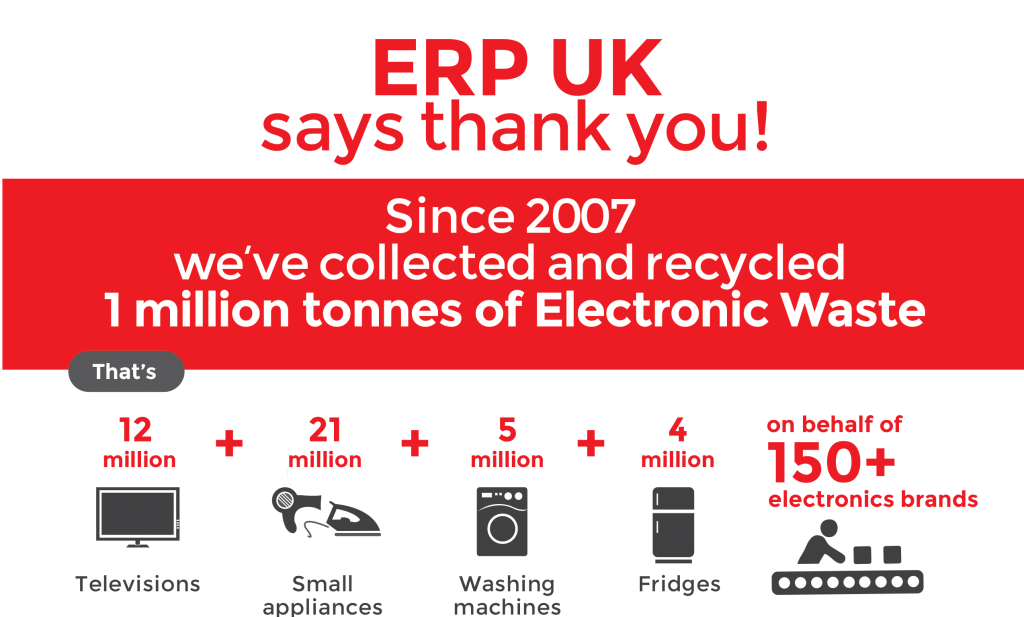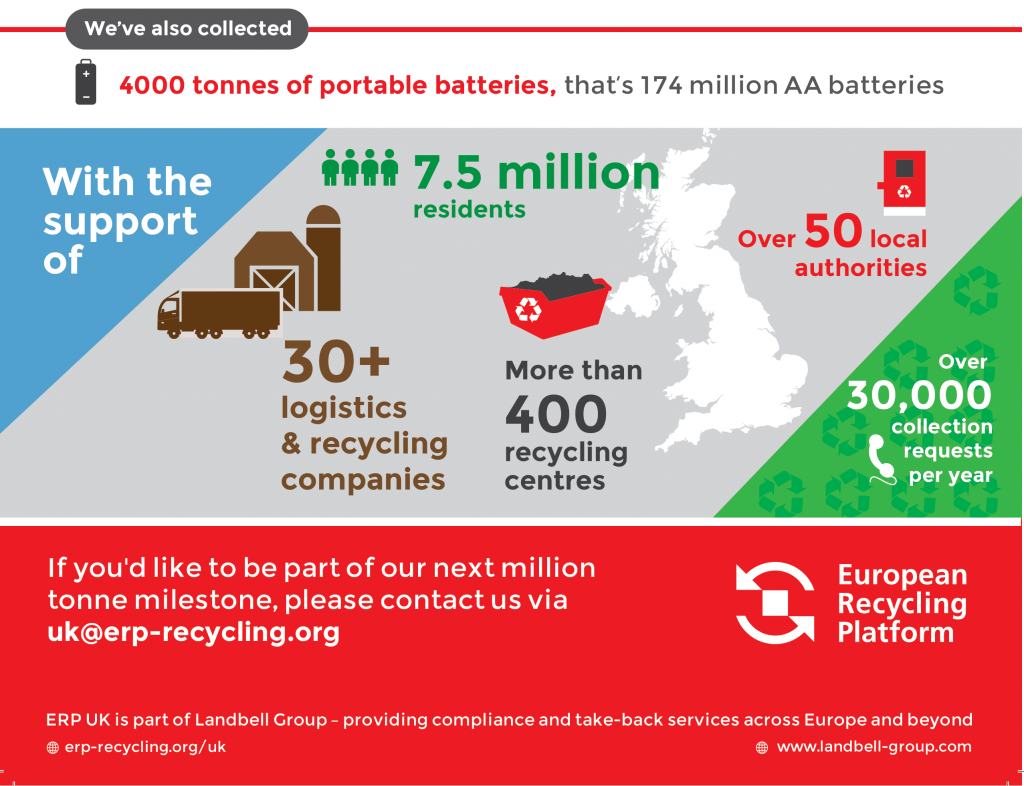Happy P2 Week, Everyone! If you’ve never heard of this celebration, P2 stands for Pollution Prevention, and P2 Week is celebrated from September 15-21, 2014. P2 Week is in fact celebrated annually during the third week in September, and according to the National Pollution Prevention Roundtable (NPPR), it’s “an opportunity for individuals, businesses, and government to emphasize and highlight their pollution prevention and sustainability activities and achievements, expand current pollution prevention efforts, and commit to new actions.” Check out their site and P2 Week Tool Kit, as well as the US EPA’s Pollution Prevention Week page for tips on preventing pollution at home and work.
 Preventing pollution is of particular importance when it comes to considerations of sustainable electronics design, manufacture, use, and disposal, given that an annual report by the Blacksmith Institute and Green Cross Switzerland included for the first time in 2013, Agbogbloshie, in Accra, Ghana, as one of the ten most polluted places on Earth. The Top Ten Toxic Threats: Cleanup, Progress, and Ongoing Challenges 2013 edition “presents a new list of the top ten polluted places and provides updates on sites previously published by Blacksmith and Green Cross. A range of pollution sources and contaminants are cited, including hexavalent chromium from tanneries and heavy metals released from smelting operations. The report estimates that sites like those listed in the top ten pose a health risk to more than 200 million people in low- and medium-income countries.” Other notoriously contaminated sites on the list include Chernobyl in the Ukraine, the Citarum River in Indonesia, and the heavy concentration of tanneries in Hazaribagh, Bangladesh.
Preventing pollution is of particular importance when it comes to considerations of sustainable electronics design, manufacture, use, and disposal, given that an annual report by the Blacksmith Institute and Green Cross Switzerland included for the first time in 2013, Agbogbloshie, in Accra, Ghana, as one of the ten most polluted places on Earth. The Top Ten Toxic Threats: Cleanup, Progress, and Ongoing Challenges 2013 edition “presents a new list of the top ten polluted places and provides updates on sites previously published by Blacksmith and Green Cross. A range of pollution sources and contaminants are cited, including hexavalent chromium from tanneries and heavy metals released from smelting operations. The report estimates that sites like those listed in the top ten pose a health risk to more than 200 million people in low- and medium-income countries.” Other notoriously contaminated sites on the list include Chernobyl in the Ukraine, the Citarum River in Indonesia, and the heavy concentration of tanneries in Hazaribagh, Bangladesh.
The Agbogbloshie site has been the focus of a lot of recent media attention due to the extensive environmental degradation caused there by informal electronics recycling; it is the second largest electronic waste processing site in West Africa. If you would like to see the extent of the pollution, and get a feel for the lives of the people who work in the area, some of whom are children, I recommend the film Terra Blight. (See my previous post on this film’s inclusion in a sustainability film festival on campus, and the LibGuide that accompanies the films from the festival. The film can be checked out from the Prairie Research Institute Library by those on the UI campus or via interlibrary loan.) A number of striking photo essays have also been published, including one earlier this year in the Guardian by photographer Kevin McElvaney. The film and photos show us the stark consequences of endless manufacturing advances and consumer quests for upgrades. Gadgets that aren’t responsibly recycled may end up in landfills, or worse–in places like Agbogbloshie where the poor try to earn an honest living processing the waste to salvage precious materials using whatever means are available, including fire or rocks to hammer open lead-laden monitors.
It is the lead spilled into the environment through informal recycling that earns Agbogbloshie its place on the Top Ten Toxic Threats list, though certainly other toxins are released from the electronics processed there. From the report’s highlights: “Agbogbloshie is a vibrant informal settlement with considerable overlap between industrial, commercial, and residential zones. Heavy metals released in the burning process easily migrate into homes, food markets, and other public areas. Samples taken around the perimeter of Agbogbloshie, for instance, found a presence of lead levels as high as 18,125 ppm in soil. The US EPA standard for lead in soil is 400 ppm. Another set of samples taken from five workers on the site found aluminum, copper, iron, and lead levels above ACGIH TLV guidelines. For instance, it was found that one volunteer had aluminum exposure levels of 17 mg/m3 compared with the ACGIH TLV guideline of 1.0 mg/m3.”
Lest you think the answer to this tragedy lies exclusively in preventing export of unwanted electronics from the first world to the third, increasingly developing countries are becoming sources of e-waste themselves. Indeed, the Top Ten Toxic Threats report notes “Ghana annually imports around 215,000 tons of secondhand consumer electronics from abroad, primarily from Western Europe, and generates another 129,000 tons of e-waste every year.” Even if it weren’t true that developing countries are also sources of e-waste, cutting off certain flows of such waste ultimately shifts problems from one place to another, resulting in different, yet still complicated issues. The leaded glass in CRTs, for example, is becoming increasingly difficult to process, as the demand for its reuse in the creation of new CRT monitors is dwindling. Currently only one manufacturer of CRT monitors remains, in India. Within the US states struggle to find ways to deal with massive amounts of CRT glass from obsolete TVs and computer monitors, leading to controversy over proposed uses (such as alternative daily cover material in landfills) and nightmarish stories of CRT glass stockpiles being left for authorities to manage after recycling operations go out of business.
The point is that the only long-term solution to stopping environmental degradation in places like Agbogbloshie, and the struggles to find safe and widely accepted end-of-life management options for electronics and all their components is to practice true pollution prevention–through source reduction, modification of production processes, promotion of non-toxic or less toxic materials, conservation of natural resources, and reuse of materials to prevent their inclusion in waste streams. This will by no means be easy, nor will the changes necessary happen overnight. But it’s work that must be done, and done by ALL of us, in whatever way we interact with the electronics product lifecycle. Designers and manufacturers must learn and practice green chemistry and green engineering. Consumers must become aware of the sustainability issues surrounding electronics and make more informed choices–including buying less by extending the useful lives of devices as much as possible. And recyclers, policy makers, entrepreneurs, manufacturers, and consumers must all work to ensure that materials from products that have reached the end of their first intended life be collected and reclaimed for use in new processes. Electronics are something we all use, at home and at work, in one form or another. And through images and statistics like those from Agbogbloshie, we understand that environmental and social impacts of our industrial world do not truly go “away” any more than waste itself does.
To learn more about pollution prevention, visit the Great Lakes Regional Pollution Prevention Roundtable (GLRPPR) web site. GLRPPR is posting P2 week information all week on its blog, including two posts contributed by SEI related to electronics. Check out the GLRPPR blog on Tuesday (9/16/14) for source reduction tips for electronics consumers, and on Thursday (9/18/14) for information on flame retardants and electronics.





 The
The